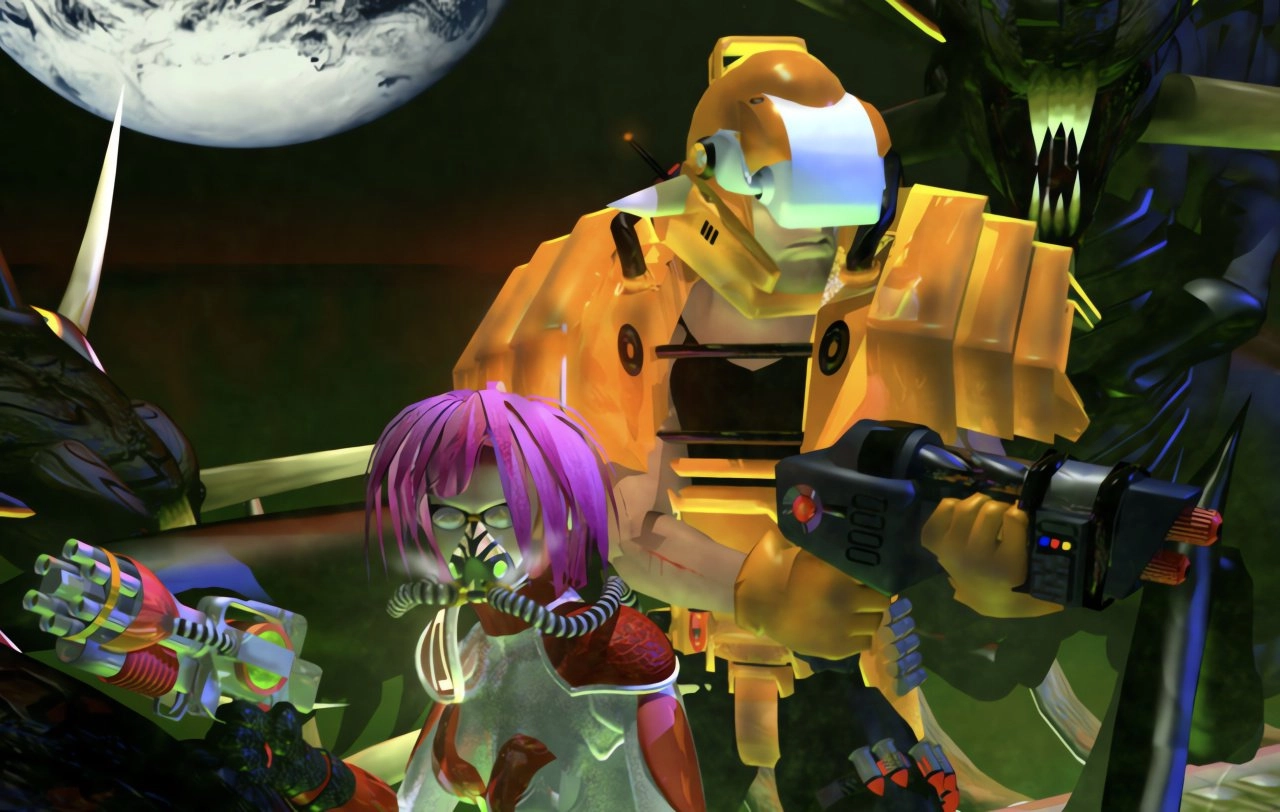
The creation of the cult-classic Nintendo 64 game, "Body Harvest," was anything but smooth. Developed by DMA Design, now known as Rockstar North, the game’s journey from concept to release echoes what Hollywood insiders refer to as "Development Hell," characterized by daunting roadblocks, seemingly insurmountable problems, and countless revisions.
In the case of "Body Harvest," the game's evolution was driven by a cadre of creative individuals scattered across various departments within DMA Design's workforce. In 1997, the company had grown to nearly 150 employees spread across multiple offices, each with diverse ideas about the game's direction.
The initial concept for "Body Harvest," born from a design meeting on November 17, 1994, involved a classic Sci-Fi alien invasion. Earth would face waves of bug-like monsters descending to devour humanity every couple of decades. The idea was to create a light-hearted, fun game reminiscent of a B-Movie narrative.
With a graphics engine created by Mike Dailly, the backbone for "Body Harvest" was in place. However, as the project progressed, more voices began to influence its development, pulling the game in multiple directions. Design documents evolved, the previously humorous B-Movie style started to wane, and decisions started to be shaped by external factors, notably Nintendo - a company DMA Design had caught the attention of at a trade show.
The game was initially envisaged as an edgy, humorous, and adult-orientated title. This ethos changed noticeably when Nintendo came on board. They wanted a broader audience, a general, family-friendly game, simple enough for kids to grasp. The story was thus simplified, and certain aspects of the game were modified to appeal to a wider demographic.
Facing such continuing changes proved challenging for the team. Creative visions conflicted, the protagonist’s character received continuous alterations, and the lightheartedness started to evaporate, giving way to a more serious narrative. The tonal shift was significant and caused friction within the development team.
While Nintendo's influence was challenging, it also brought opportunities for DMA Design to work with more powerful hardware than ever before. This pushed the team to maximize the capabilities of the Nintendo 64. Ideas that were initially conceived as impossible with the limited processing power available started to gain traction.
However, as the development cycle progressed, the game moved further away from its original concept. The original compelling story of aliens harvesting people became de-emphasized to the point of non-existence. Creative elements were watered down in favor of mass appeal. While the game went through several iterations and even a change of publisher, it was far from what the original team had set out to create.
Despite its tumultuous development journey, "Body Harvest" managed to carve out a dedicated niche following who appreciated the game for what it was: an ambitious project that aimed to create an experience different from conventional games of the time. Hence, while "Body Harvest" may not have become the game its creators initially envisioned, it nonetheless left a lasting impact on the gaming world and gave birth to a classic that remains cherished by a faithful community of players.
You must be logged in to post a comment!